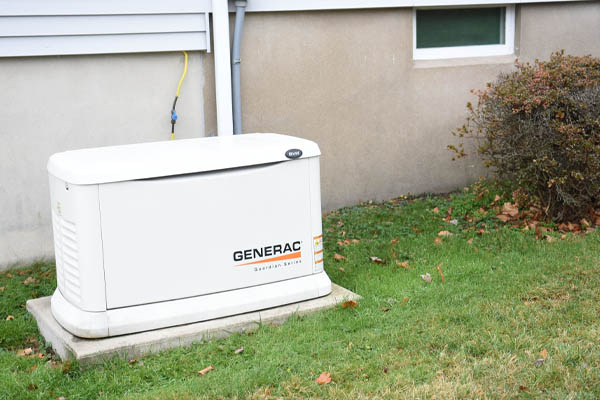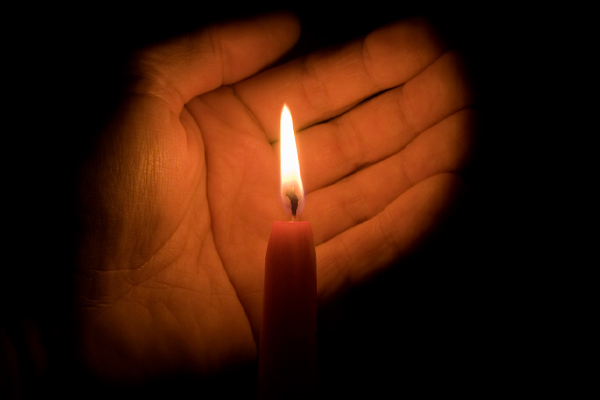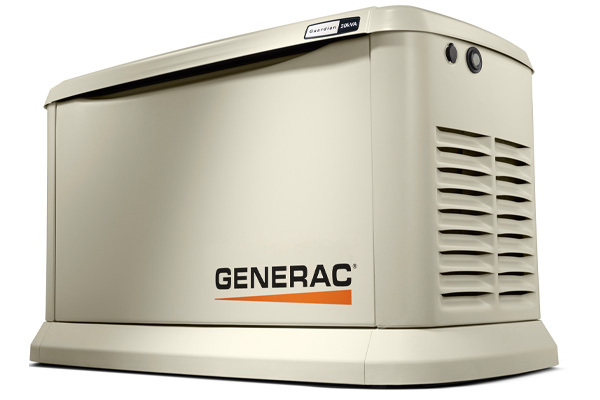Signs it’s Time to Replace Your Standby Generator

Extreme weather conditions, such as heavy snowfalls in the United States, increase the demand for power generators. If the power is out, you can rely on a standby generator. Ensure your standby generator is well maintained and in good shape to avoid unforeseen emergencies. This article provides information on the indicators that you are due for a standby generator replacement.
Signs that You Need to Replace the Standby Generator
Contents
- 1 Signs that You Need to Replace the Standby Generator
- 1.1 1. The Standby Generator is Giving Hard Starts
- 1.2 2. Recurrent Whole House Generator Repairs & Failures
- 1.3 3. Exorbitant Fuel Consumption
- 1.4 4. The Life Span of Your Backup Generator
- 1.5 5. Your Whole-House Generator Size No Longer Meets Your Needs
- 1.6 6. Extensive Standby Generator Wear
- 1.7 7. You Have an Outdated Power Generator
- 1.8 8. Excess Carbon Monoxide (CO) is Omitted from Your Generator
- 1.9 9. Unstable Power Supply from the Your Whole-House Generator
- 1.10 10. Fuel Leaks in Your Power Generator
- 1.11 Conclusion
- 2 Call Lawes Company For Your Standby Generator Requirements
Keep reading to learn some of the top signs that your backup generator needs replacing.
1. The Standby Generator is Giving Hard Starts

A whole-house generator should start as soon as power is interrupted. If your generator lags before it starts or is problematic to start, you may need to replace it. Before you change it, learn why the generator does not start and why it may need replacing.
2. Recurrent Whole House Generator Repairs & Failures
If you have numerous generator failures or are paying high costs for repairs, you need to replace it. Simply put, a new generator saves you the money you would have spent on different fixes.
Do you want to keep your generator running consistently? Then, plan for preventative standby generator maintenance. If the generator continues to fail after maintenance, replace it. You will avoid inconveniences if there is an emergency.
3. Exorbitant Fuel Consumption

Every generator model is unique; therefore, they utilize fuel differently. Once you pay attention to how the generator uses the energy, you will better understand how it uses its fuel. You will be able to determine when consumption is at its highest.
If you notice your generator losing speed, you may also be experiencing high fuel usage. It may be time to upgrade to an up-to-date model designed to use fuel effectively and efficiently.
4. The Life Span of Your Backup Generator
The generator size and maintenance schedule of your standby generator determine its lifespan. A diesel-power generator runs for 12,000 hours minimum and 20,000 hours maximum before it needs an engine overhaul.
Unfortunately, if you experience frequent power outages, your standby generator runs for longer hours, which reduces your generator’s life expectancy. Replacing an old generator that has passed its usefulness is more beneficial in the long run when you have emergencies.
5. Your Whole-House Generator Size No Longer Meets Your Needs
Moving to a new home with more electrical appliances increases your energy requirements. It is the same if your business grows and uses more energy. Your standby generator may struggle to carry the expanded load, which increases fuel usage. It also shortens the generator’s lifespan.
If you want to ensure that your generator meets your energy needs, the best solution may be to replace it with a model that can carry the load. Obviously, you would not want to strain your generator.
6. Extensive Standby Generator Wear
While we expect wear and tear on any equipment, inconsistent maintenance or no maintenance will cause more deterioration on your standby generator. Also, leaving your generator open to dirt, debris, and harsh weather decreases its lifespan.
Replace your generator if you observe corrosion because you may find your engine rusted too. Your standby generator becomes unreliable if it is rusty. The speed slows, and it may not work at all.
7. You Have an Outdated Power Generator
Regular technological advancements help to advance the consistent upgrading of standby generators. People in the industry consider a generator manufactured ten years ago outdated today.
As we get new upgrades, factories reduce the production of spare parts for older models. You will find that the maintenance techniques and tools get upgraded. Consequently, manufacturers do not willingly assist you when your older generator needs repairs or parts.
Avoid these inconveniences by keeping up with the changing times and upgrading to generators with updated technology.
8. Excess Carbon Monoxide (CO) is Omitted from Your Generator
 The Clean Air Act regulates all emissions from mobile and stationary sources, including generators. Learn these regulations and laws so that you are familiar with your responsibilities.
The Clean Air Act regulates all emissions from mobile and stationary sources, including generators. Learn these regulations and laws so that you are familiar with your responsibilities.
One report indicates that there were 655 exposures that were fatal non-fire carbon monoxide poisonings between 2005 and 2016. The report highlighted 880 deaths during that period.
If you want to ensure your generator does not threaten people around you or the environment, regularly measure the carbon monoxide levels and record them. Once you note an increase in the carbon monoxide levels, replace that standby generator.
Keep yourself and your surroundings safe from these poisonous emissions by investing in a generator with built-in carbon monoxide safety technology.
9. Unstable Power Supply from the Your Whole-House Generator
Your standby generator should supply you with consistent power. If your generator experiences low or high voltage, your electrical appliances could be damaged by the fluctuating power supply. The standby generator could provide weak and unstable power supply when the voltage is limited. If you have repaired the standby generator for this issue and it is not performing, replace it.
10. Fuel Leaks in Your Power Generator
 While fuel leaks in standby generators are common and easy to solve, ongoing leakage could cause a fire or an explosion.
While fuel leaks in standby generators are common and easy to solve, ongoing leakage could cause a fire or an explosion.
Find the cause of the leak before you make a decision to repair or replace the generator. If you are unable to get it repaired, replace it. Check these parts for leaks:
- Fuel lines cracked because of age or damaged by rain could cause fuel leaks
- Your fuel tanks may be damaged from punctures, neglect, or corrosion
- If your carburetor bowl and gaskets are damaged or dry, the seal may not be efficient, and this causes a leak
- Pipes often fail if manufactured with defects or have poor welding and maintenance of the generator’s connections, which also happens when they become loose. Your fuel tank may start to leak
- Shutoff valves that become damaged or lose and cause leaks
While some of the parts listed above may be repaired, you have to assess the damage first. If you can not fix the generator, replace it.
Conclusion
If you live in an area with constant power outages, you need a generator. Use load banks to assess your generator so that you are comfortable if there is an outage that runs for hours. You want to ensure you have a reliable power source. Monitor your standby generator for signs that indicate it is time to replace it.
Call Lawes Company For Your Standby Generator Requirements

Call Lawes Company for your generator needs. From regular maintenance to emergency repairs and replacements, Lawes Company can provide professional and prompt assistance from the moment you buy and install your generator to all your maintenance needs in the years to come. We employ top-quality service contractors with the training, experience, and tools needed to install, repair, and maintain your generator. Click the link to view our service area.
Have your questions about generator installations answered by experts. Get in touch with us today to get professional maintenance service for your generator and enjoy a reliable power supply for your home every day of the year.
Contact us now at (732) 741-6300 to find out more!